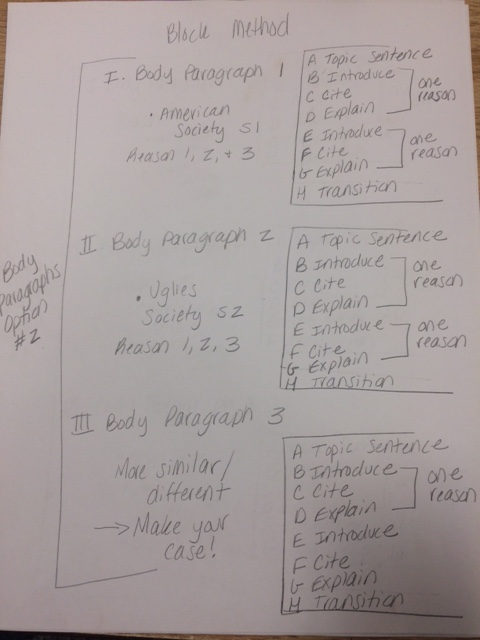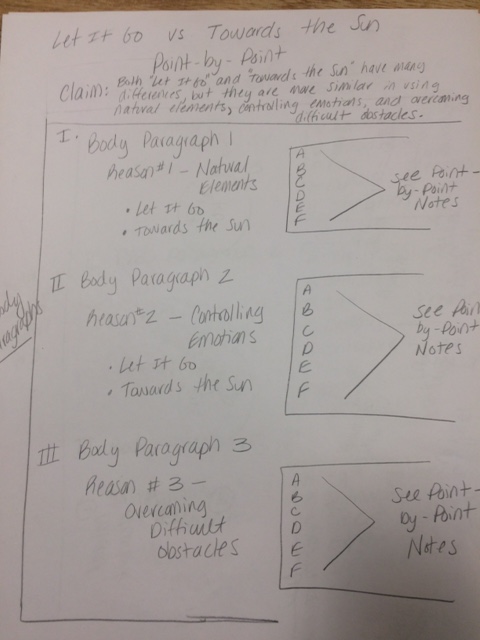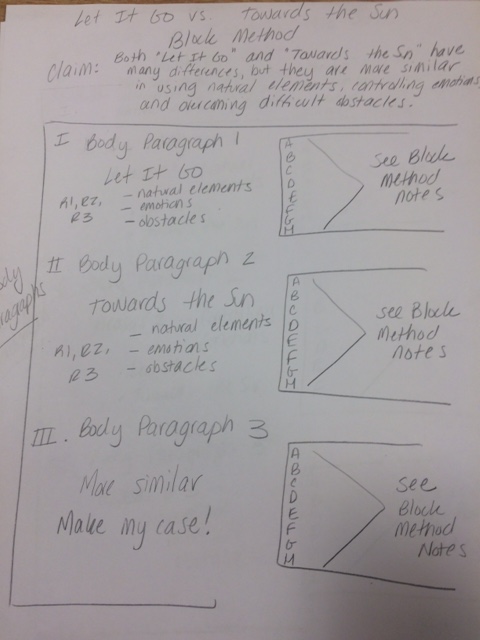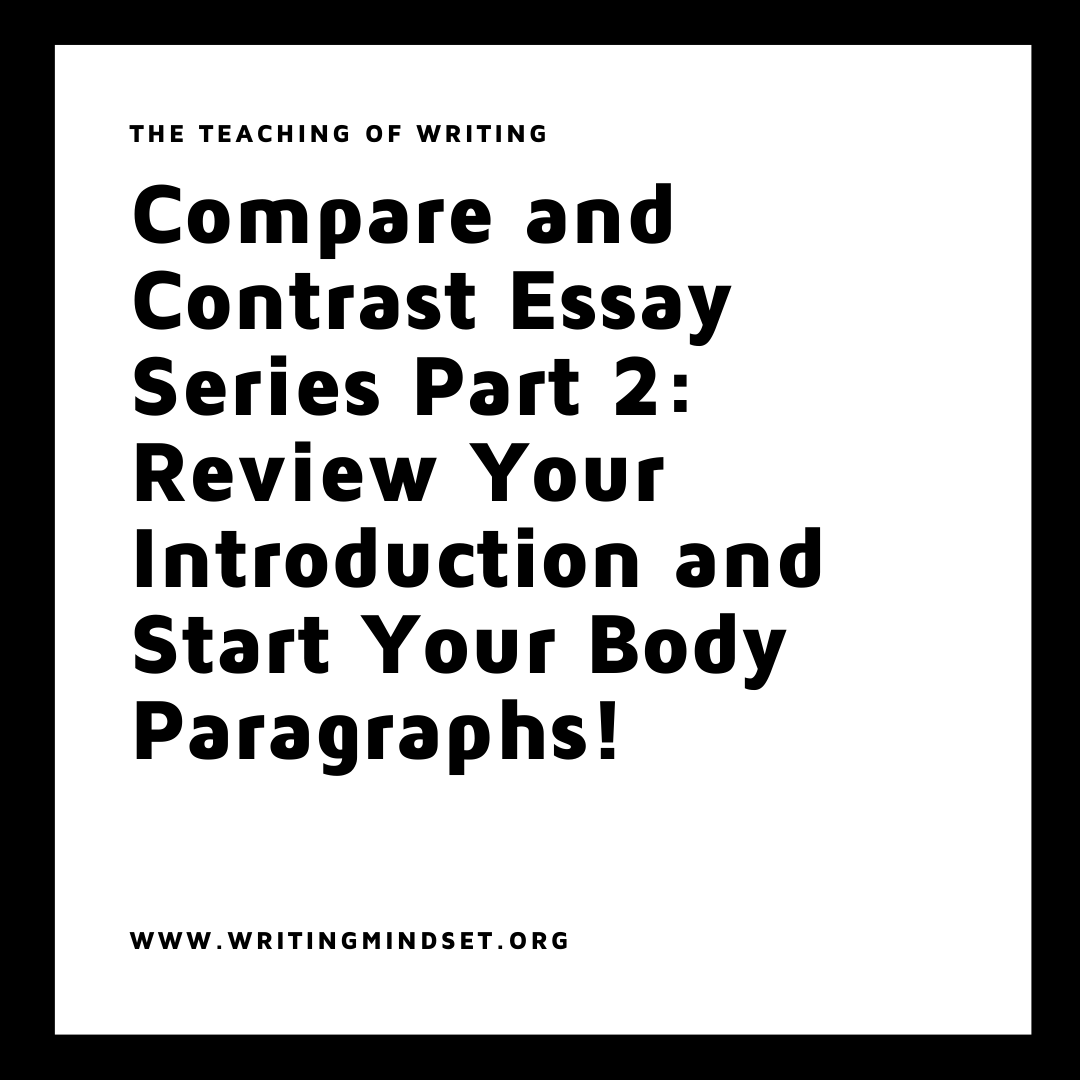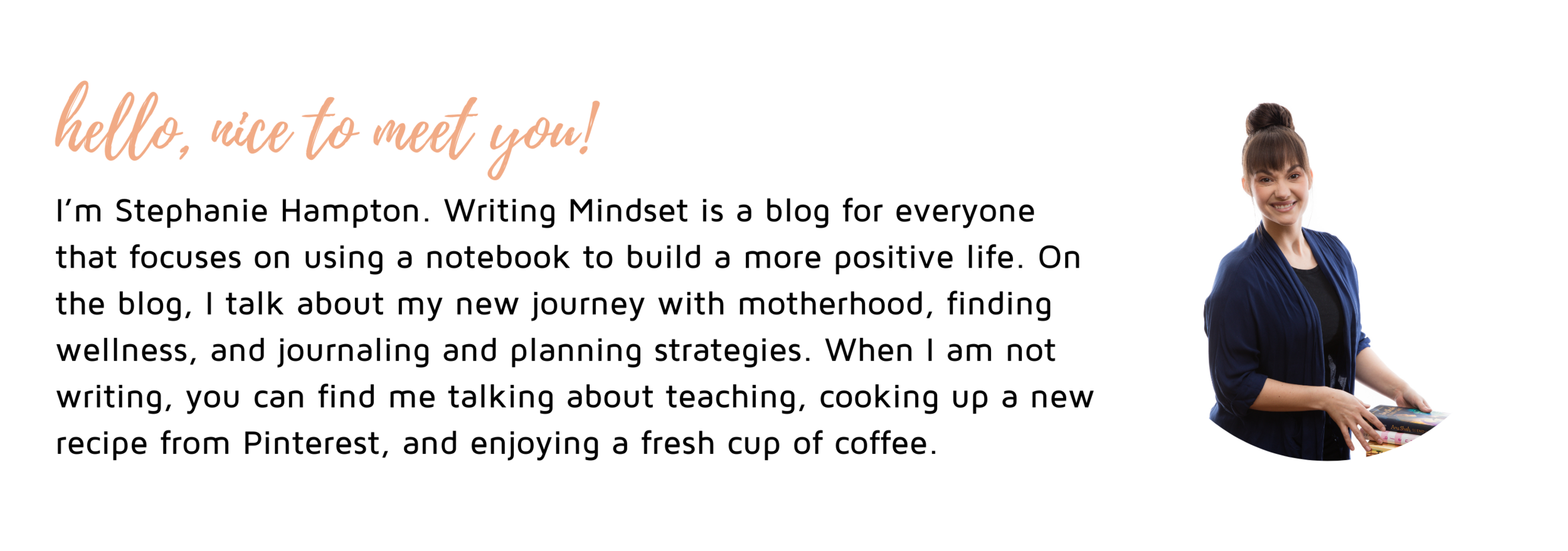Essay Series Part 2: Review Your Introduction and Start Your Body Paragraphs!
Two Ways to Organize...Are Both Taught?
Welcome to the second part of the series The Essential Guide to a Compare and Contrast Essay! Today, Advanced English 6 and I went through our adv-compare-contrast-essay-2017 packets and checked off what we had accomplished so far. Here is where we are at on our to-do list:
I chose my topic. CHECK!
I brainstormed my claim statement. CHECK! CHECK!
I created my claim statement. CHECK! CHECK! CHECK!
I wrote a draft of my introduction using the three FCAS. ALL THE CHECKS! (These were turned in today)
If you need to review these steps, check out part one of this series.
Students should always be talking about their writing. I like to have them meet in pairs or in small groups to review their writing before I take it and give my written and oral feedback. This helps with checking for careless (and sometimes not so careless) mistakes that can be easily corrected before I grade them. An example of this is the use of third person in an academic paper. Students still struggle with the use of third person in their papers. Here is a friendly reminder of the notes we took in class:
Welcome to the second part of the series The Essential Guide to a Compare and Contrast Essay! Today, Advanced English 6 and I went through our adv-compare-contrast-essay-2017 packets and checked off what we had accomplished so far. Here is where we are at on our to-do list:
I chose my topic. CHECK!
I brainstormed my claim statement. CHECK! CHECK!
I created my claim statement. CHECK! CHECK! CHECK!
I wrote a draft of my introduction using the three FCAS. ALL THE CHECKS! (These were turned in today)
If you need to review these steps, check out part one of this series.
Students should always be talking about their writing. I like to have them meet in pairs or in small groups to review their writing before I take it and give my written and oral feedback. This helps with checking for careless (and sometimes not so careless) mistakes that can be easily corrected before I grade them. An example of this is the use of third person in an academic paper. Students still struggle with the use of third person in their papers. Here is a friendly reminder of the notes we took in class:
img_4214
We also reviewed the different types of third person: objective, limited, and omniscient. Like creative writing, we want to make sure we stay focused as to how our academic writing sounds and what point of view guides the written piece.
For peer review, we used the T.A.G method. Educators, check out the awesome freebie from this great seller on TPT if you are interested in this strategy.
T.A.G is simple. When conducting a peer review, you want to:
TELL the writer something you like or something that is positive. (I really like where...)
ASK the writer a question. Clarify in order to understand what they are trying to say. (I wonder...)
GIVE them something work on. This is a critique that could help make the writing better. (Try...)
Pictures of student T.A.G examples to come.
Introductions were collected after each student found two partners to T.A.G each other with their writing.
On to body paragraphs! For Compare and Contrast writing, there are two common organizational methods for getting evidence in order. Students can use the Point-By-Point Method or the Block Method to help with their writing. First, we took notes in our essay packets.
Now. This looks confusing. From the outside looking in, I am not sure how to organize my essay. Let me remind you of our essay topic:
Is our modern American society more similar to or different from the Uglies Dystopian Society/World?
The first step is finding evidence in Uglies by Scott Westerfeld. Once the quotations with the page numbers are found, this becomes a much easier process. To make it, even more, easier to understand, I used popular movie titles to apply to each organizational method.
We took a break from our writing to bust out some ballads in class:
Trust me, there was some singing. After a brief class discussion, I showed students how I would organize my paper if I were writing a compare and contrast essay-using both methods.
It helps when you can see the reasons in action!
Part 3 of the series will focus on Body Paragraph revision. Stay tuned for some amazing writing!



